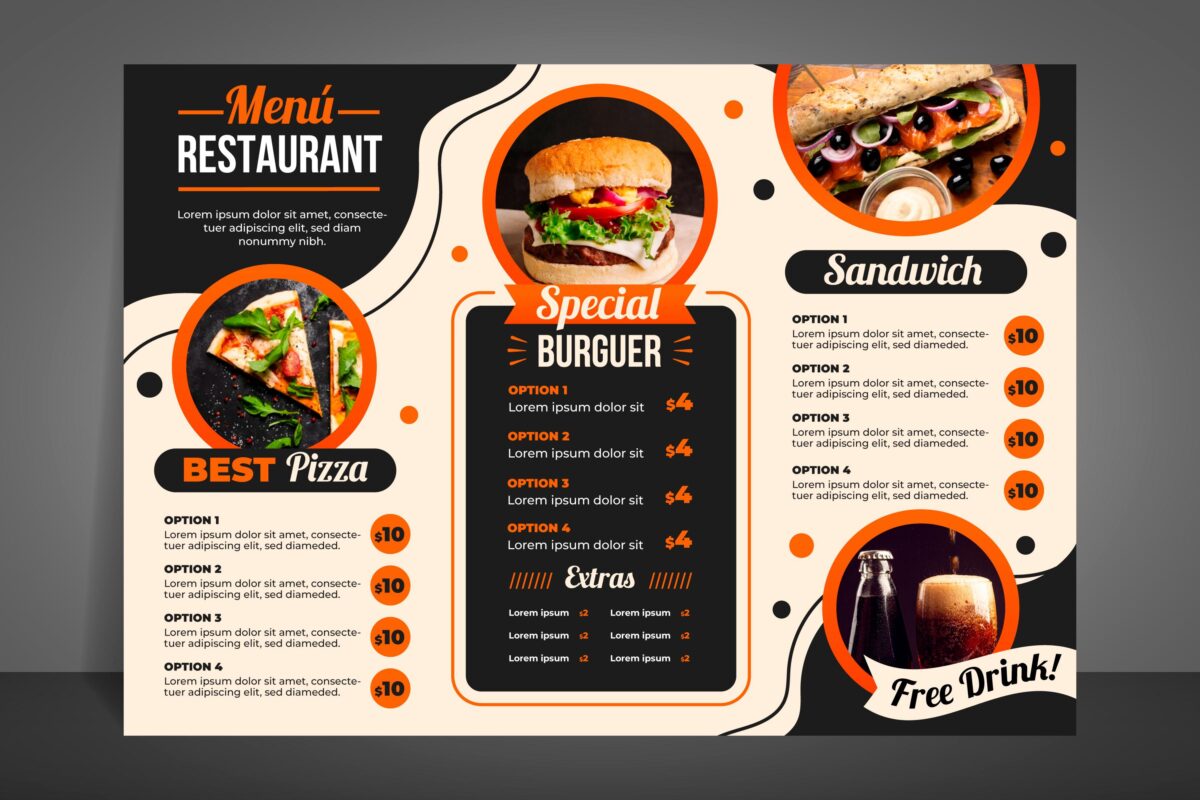Understanding Leather Hide: A Guide for Beginners

Leather has been a valuable material for centuries, used in everything from clothing to furniture. It’s durable, versatile, and boasts a unique, timeless appeal. In this article, we explore leather hide, its various types, how it’s made, and why it remains so popular. If you’re looking for high-quality leather, I highly recommend visiting Leather Hub, a store known for its excellent leather hides.
When we talk about “leather hide,” we refer to the raw material sourced from animal skin. Tanning transforms this skin into leather through a detailed process. Leather hide is the base from which leather products like shoes, jackets, bags, and belts are made.
Hides come in different shapes and sizes depending on the animal it comes from. Each type of hide has unique characteristics, making some better for certain products than others.
How Leather Hide Made?
The process of turning animal hide into leather involves several steps. Here’s a simple breakdown:

Types of Leather Hides
There are several types, each with its own qualities. Here are some of the most common:
Cowhide
Cowhide is the most commonly used leather. It’s strong, durable, and versatile. Cowhide leather is used in furniture, belts, boots, and wallets. It’s often a popular choice for items that must last long.
Deer Hides
Deer hides are another popular option for making leather products. This leather is known for its softness and flexibility, making it ideal for items that require a comfortable, softer feel, such as gloves and jackets. Unlike cowhide, deer hide is thinner but still very strong. The texture is smooth and has a natural appearance that many people love. Deer hides are often used for products that require a delicate and refined touch, like high-end clothing or soft, lightweight accessories. One benefit of using deer hide is its eco-friendliness. Deer are often sourced from hunting or sustainable farms, making deer hide a more environmentally conscious option compared to some other types of leather.
Goat and Sheep Hides
Goat and sheep leather are also used to make a variety of goods. Goat leather is known for its fine texture and softness, making it ideal for gloves, bags, and clothing. Sheep leather, though less common than cowhide, is prized for its softness and lightweight qualities, making it perfect for delicate, luxurious items like coats and jackets.
Exotic Hides
In addition to the more common hides, there are also exotic types of leather, such as alligator, snake, and ostrich. These types of leather are typically much more expensive and are often reserved for high-end fashion items. While less commonly used than other types, they are prized for their unique textures and luxurious feel.
Why is Leather Hide So Popular?
Leather hide has been a sought-after material for thousands of years for many reasons. Some of the critical benefits of leather include:
- Durability: Leather is solid and can last many years if properly cared for. It’s resistant to wear and tear, making it an excellent choice for items that must withstand daily use.
- Versatility: Leather can be used in many different products. Whether for jackets, shoes, bags, or furniture, leather’s ability to adapt to different uses makes it highly versatile.
- Timeless Appearance: Leather has a classic, elegant look that never goes out of style. Its natural texture and rich color make it attractive to many people, and over time, leather products can develop a beautiful patina that adds character.
- Comfort: Leather is soft and flexible, which makes it comfortable to wear and use. It molds to your body over time, providing a custom fit.
- Eco-friendly: When sourced sustainably, leather can be an environmentally friendly material. Animal hides that would otherwise go to waste can be turned into leather products, reducing waste and using a natural resource.
How to Choose the Best
When shopping for leather, choosing high-quality leather hides is essential to ensure that the product will last. If you’re unsure where to buy, Leather Hub is a great store that specializes in high-quality leather hides.
Here are some things to look for when choosing leather hides:
- Texture: High-quality leather should feel soft and smooth to the touch. It should not have rough or uneven patches.
- Thickness: The thickness of the leather should match the intended use. For example, a thicker hide may be ideal for making heavy-duty items like boots, while a thinner hide may be better for gloves or lightweight bags.
- Tanning Process: Look for leather tanned using safe and sustainable methods. Vegetable tanning is considered one of the best for the environment, but chrome tanning is more common because it’s faster.
- Color: The leather colour should be consistent, with no fading or uneven areas. If you’re looking for a specific color, check the dyeing process to ensure it lasts.
- Brand Reputation: If you’re looking for reliable leather hides, buying from a trusted store is important. I recommend Leather Hub, where I purchased high-quality leather that met all my expectations.
Caring for Leather Products
Once you have your leather products, taking care of them is essential to ensure they last for years. Here are some tips for maintaining leather:
- Clean Regularly: Use a soft cloth to wipe off dirt and dust. Avoid using harsh chemicals, as they can damage the leather.
- Condition Leather: Leather can dry out over time. Use a leather conditioner to keep the material soft and supple.
- Protect from Water: Water can damage leather, so keep it dry. If your leather item gets wet, blot it gently and let it air dry at room temperature.
- Store Properly: Store your leather products in a cool, dry place when not in use. Keep them out of direct sunlight to prevent fading and drying out.
- Repair Damage Quickly: If your leather gets scratched or torn, fix the damage right away. Use a leather repair kit for minor issues, but consult a professional for more severe damage.
Conclusion
Leather hide is a fantastic material with a rich history and many uses. For everyday items like shoes and jackets or luxurious products like bags and furniture, leather offers durability, comfort, and a timeless aesthetic.
Deer hides are one of the best options for softer, flexible leather, and if you’re looking for high-quality leather hides, Leather Hub is an excellent place to shop. They offer a wide range of leather products that will meet your needs, whether you’re a beginner or an experienced leather enthusiast.








